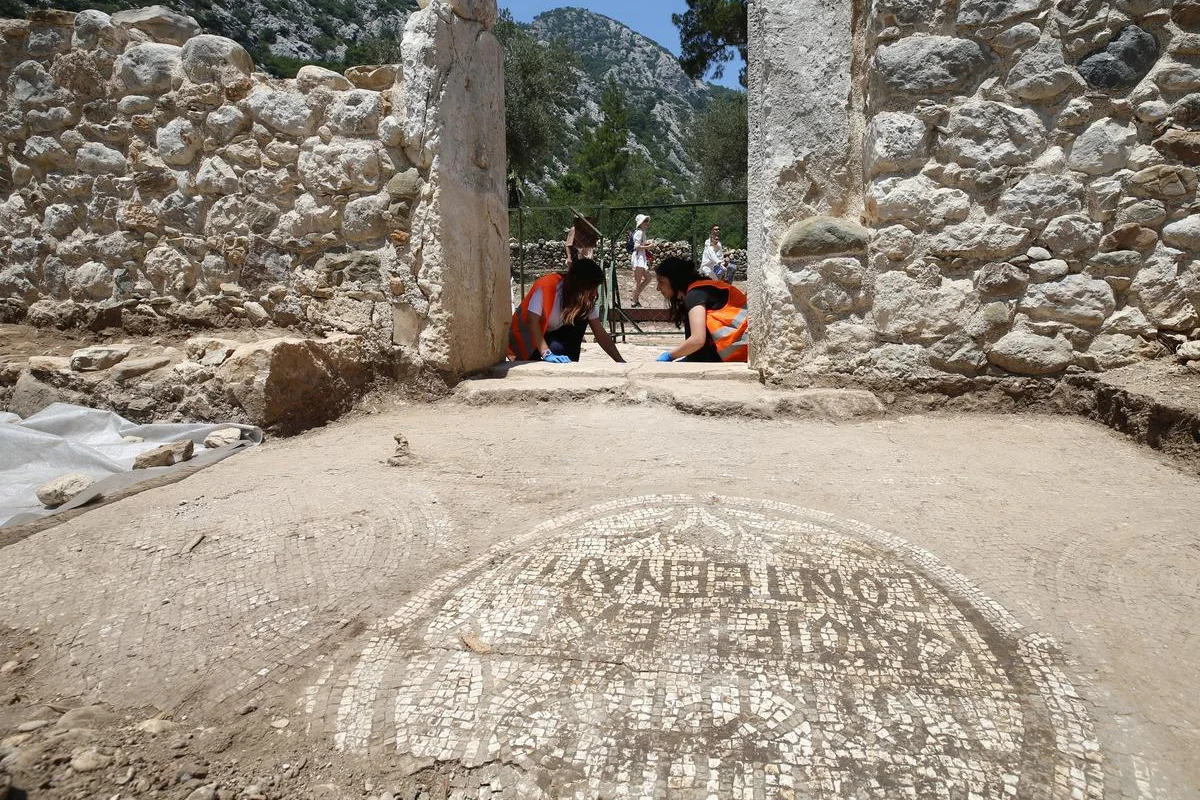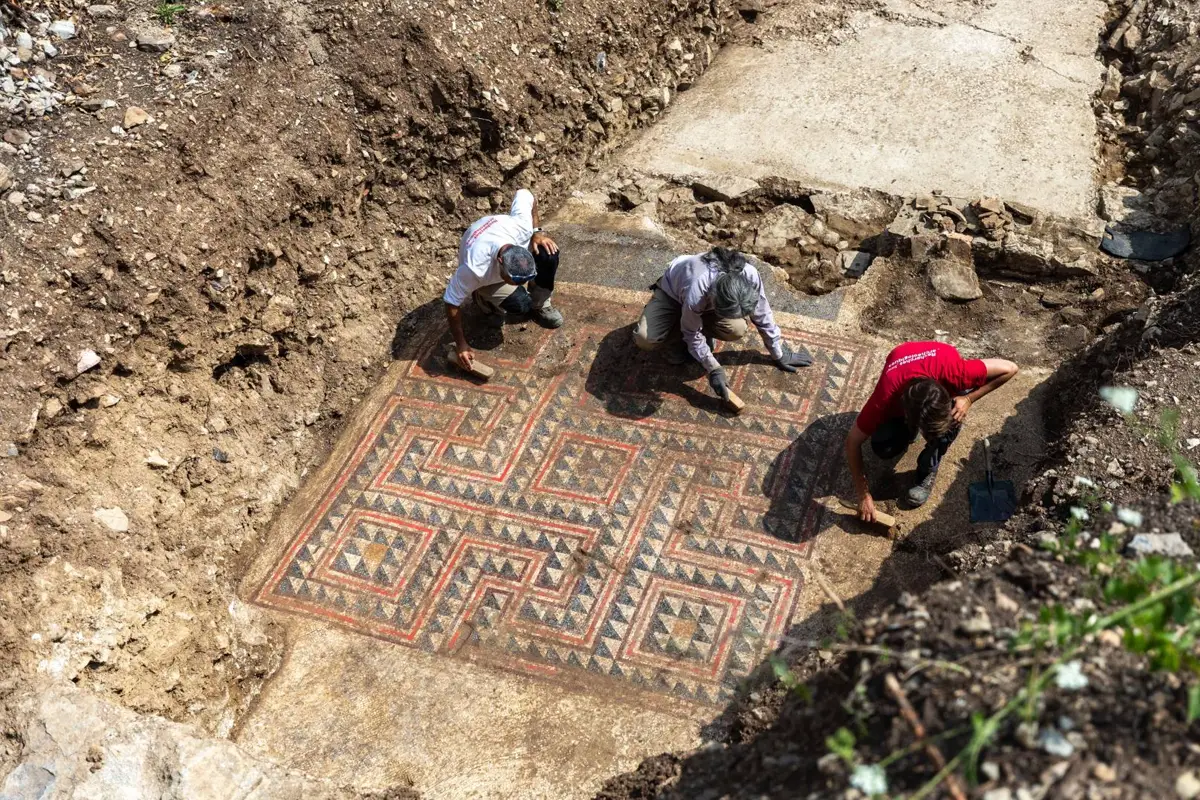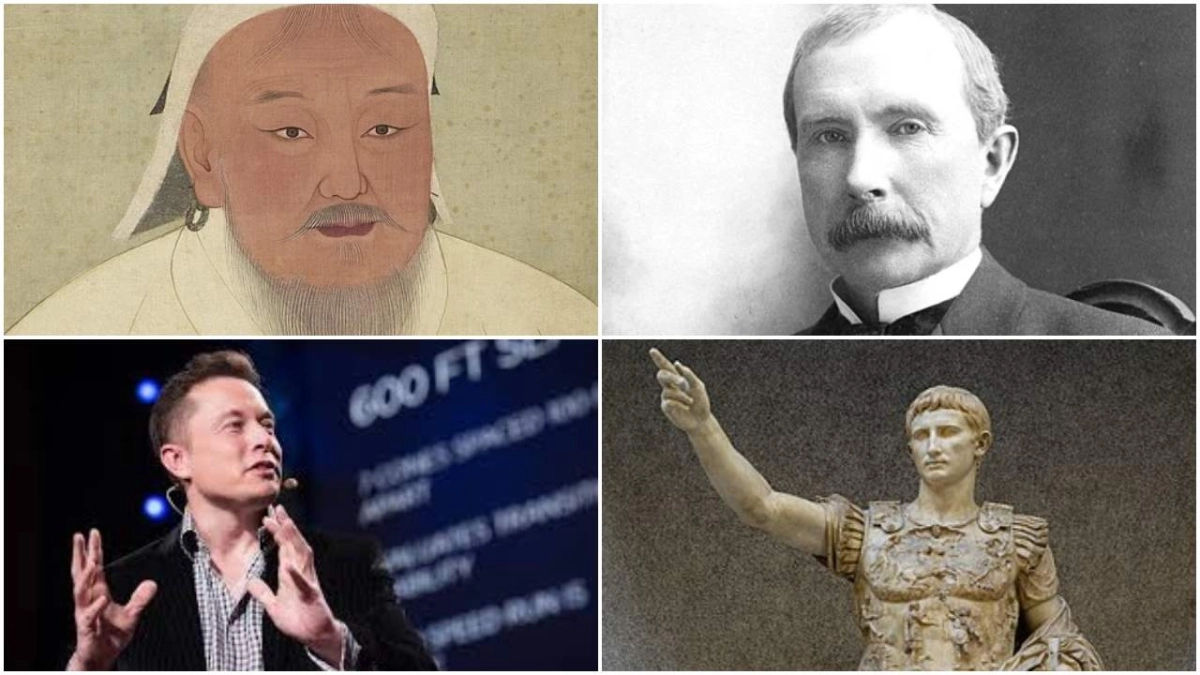The monument may have been mentioned by Herodotus in his history, where he identified the carved figure as the Egyptian pharaoh Sesostris and the hieroglyphics as Egyptian
The Hittite "Karabel" Relief, also known as the Karabel Hittite Rock Relief, is a rock-cut relief located in the Turkish province of Izmir, near the town of Torbal. This monument is known for its historical significance and the detailed depiction of a Hittite warrior, a powerful symbol of the Hittite Empire that flourished during the Late Bronze Age in Anatolia and the Levant, from approximately 1600 to 1200 BC.
On the southern slope of a mountain, on the left side of the road, in the Karabel Pass of the Kemalpaşa-Torbal highway, is the location of substantial relief. It is 2.5 meters tall and around 1.5 meters broad. A man figure is shown standing, holding a bow and a spear in his right and left hands, respectively. The person is dressed in a tunic and a cone-shaped hat. Among experts, this alleviation is known as Karabel A. Three lines of an extremely worn-out Hieroglyphic Luwian inscription can just about be made out between the warrior's head and the spear. The lowest half of the relief sustained significant damage from the treasure hunters in 2017 and 2019.
The Karabel Relief, sketch of Charles Texier.
A Hittite Mystery Misinterpreted by Herodotus
The figure on the relief is believed to be the Hittite King Tarkasnawa (also known as Tarkondemos), based on an inscription in the Luwian language that was found near the relief. The figure is shown wearing a pointed hat and a short skirt, both characteristic of Hittite depictions of their rulers. In one hand, he holds a spear, while the other hand is raised in a gesture of worship or salute.
However, the Karabel relief has a curious connection with the ancient Greek historian Herodotus, who lived in the 5th century BC. In his "Histories", Herodotus described a monument that he encountered on his travels through what is now western Turkey. He wrote that this monument depicted an armed warrior and was inscribed with Egyptian hieroglyphics.
This statement by Herodotus has caused some confusion among scholars, as the Karabel relief is clearly not Egyptian in style or script but Hittite. It appears that Herodotus made a mistake in his identification. This mistake may be due to his unfamiliarity with the Hittite Empire and its language, as it had already collapsed several centuries before his time and its history and culture were not yet widely known or studied.
Moreover, the script on the Karabel relief is not hieroglyphic but rather in a form known as Luwian hieroglyphs or Anatolian hieroglyphs, which is quite distinct from Egyptian hieroglyphics. Luwian hieroglyphs were used in the region during the 2nd and 1st millennia BCE, notably by the Hittite and Luwian civilizations. Therefore, Herodotus might have confused this with the more famous Egyptian hieroglyphs.
Thus, Herodotus's mistake provides us with an interesting example of the limitations and challenges of historical and archaeological interpretation, especially in times when knowledge about ancient cultures was still limited or obscured by time. It also reminds us of the often complex and nuanced nature of ancient interactions and influences and the role of modern archaeological and linguistic studies in helping to shed light on these historical riddles.
Herodotus may have made reference to the monument in his history, identifying the carved figure as Egyptian pharaoh Sesostris as follows:
"... in Ionia there are two figures of this man carved upon rocks, one on the road by which one goes from the land of Ephesus to Phocaia, and the other on the road from Sardis to Smyrna. In each place there is a figure of a man cut in the rock, of four cubits and a span in height, holding in his right hand a spear and in his left a bow and arrows, ... and from the one shoulder to the other across the breast runs an inscription carved in Egyptian hieroglyphics, saying, 'This land with my shoulders I won for myself."
(Herodotus II.106)
The Sardis-Ephesus route passes via Karabel Pass instead of the historic Sardis-Smyrna road, and it is important to take into account that the Ephesus-Phocai road is located much to the south. Herodotus' description was either inaccurate, or it's possible he was referring to a separate but related relief. The Torbal relief's recent discovery suggests that the area may have housed a number of other monuments of a similar nature. It goes without saying that the figure in the relief is not a ruler of Egypt. David Hawkins published the reading of the Karabel A inscription in 1998. Hawkins reads the inscription's three lines as follows:
Tarkasnawa, King of Mira (land).
[Son of] Alantalli, King of Mira land.
Grandson of ..., King of Mira land.
The reading of Alantalli is uncertain. In addition, even though the grandfather's name cannot be read, it has been hypothesized that it is Kupanta-Kuruntiya. Tarkondemos, who is seen in a few Boazköy seals, is also identified as Tarkasnawa by Hawkins reading. The Tarkasnawa reading has received widespread support from academics. The Hittite domain's vassal kingship of Mira was led by Alantalli, who is known to have lived during Tudhaliya IV's reign. As a result, his son Tarkasnawa should have lived during the reigns of Tudhaliya IV and/or Suppiluliuma II, placing the monument around the end of the 13th century BC.
The Surrounding Area of the Misread Monument
North of the Karabel, a few hundred meters A relief included a related relief, two distinct hieroglyphic inscriptions, and another relief. Karabel B, Karabel C1, and Karabel C2 were the names given to the three of them, respectively. Sadly, between 1977 and 1982, when the adjoining road was being widened, these three engravings were completely obliterated. A standing male figure with a spear in his outstretched left hand and perhaps a bow on his right shoulder was likewise depicted on Karabel B. With the exception of the first character, which was possibly "King," the worn-out writing on the relief was unintelligible.
Only a few meters to the north of Karabel B, the inscriptions C1 and C2 were found on the perpendicular surfaces of the same rock. The C1 inscription, which contained five Egyptian letters, was the best preserved. Hawkins' interpretation of Karabel A suggests that C1 could be partially translated as "King Tarkasnawa" (ASINUS-wa REX). The C2 inscription proved more difficult to read, but it may have contained the names of the kings Tarkasnawa and Alantalli on the first line of the three-line inscription.














